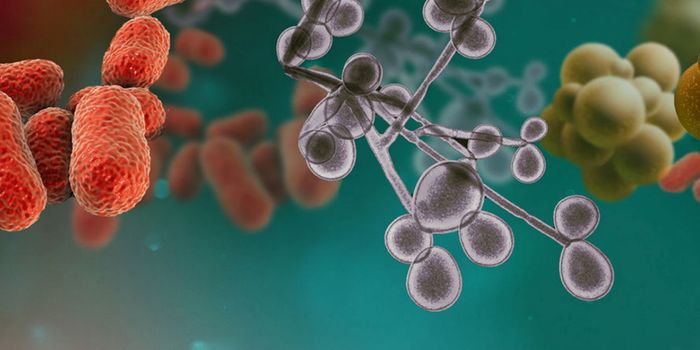Blood-Brain Barrier Impairment and Its Role in Alzheimer's Disease
In healthy people, the blood-brain barrier (BBB), which is formed by brain endothelial cells, strictly controls the entrance of harmful materials into the brain and prevents anything toxic from crossing over. In addition, it regulates the clearance of β‐amyloid (Aβ) peptides, which are found in the brains of Alzheimer's patients. Impairment of the BBB is an important factor in many neurological diseases including Alzheimer's disease (AD). The breakdown of the BBB is present even before symptoms of cognitive decline and pathological changes are seen.
Since the dysfunction of the BBB is believed to be a key component in the development of AD, there is enormous interest in creating cell-based models that imitate the same changes in the BBB seen in AD. Classic in vitro cell models have given greater insight into the pathological processes involved in AD and have helped in the discovery of new drugs to treat it. However, these models are of limited use because they lack many features of the BBB. Researchers at MIT have developed a "physiologically relevant 3D human neural cell culture microfluidic model" to study the role that blood vessels in the cerebrum play in AD.
The researchers created a 3D AD model that can perform numerous functions the in vitro BBB models cannot. These include: (1) a 3D microenvironment for cells to quantitatively evaluate BBB permeability, (2) integration of multiple steps into one experimental platform, (3) enhances quality of imaging studies and reduces reagent and tissue sample sizes, (4) the method supports different culture conditions and maturation periods of ReN cells (neural precursor cells) and the brain endothelial cells, and (5) provides an area for gradual accumulation of Aβs by allowing AD cells to continuously release Aβ, which slowly collects in and diffuses into the extracellular matrix.
"We were able to show clearly in this model that the amyloid-beta secreted by Alzheimer's disease cells can actually impair barrier function, and once that is impaired, factors are secreted into the brain tissue that can have adverse effects on neuron health," says Roger Kamm, the Cecil and Ida Green Distinguished Professor of Mechanical and Biological Engineering at MIT.
In order to demonstrate the impact a dysfunctional BBB has on AD pathogenesis, Shin and colleagues introduced the neurotoxic molecule, thrombin, the major enzyme involved in the coagulation system, into the 3D Ad model. It was able to pass through the BBB and caused neuronal death, but when etodolac, an NSAID drug, was applied to the membranes, thrombin was prevented from crossing the BBB. Another drug, beclomethasone, was also tried but did not decrease the BBB permeability as etodolac did.
"We're starting to use this platform to screen for drugs that have come out of very simple single cell screens that we now need to validate in a more complex system," Kamm says. "This approach could offer a new potential form of Alzheimer's treatment, especially given the fact that so few treatments have been demonstrated to be effective."
The original paper was published in Advanced Science on August 12, 2019.








